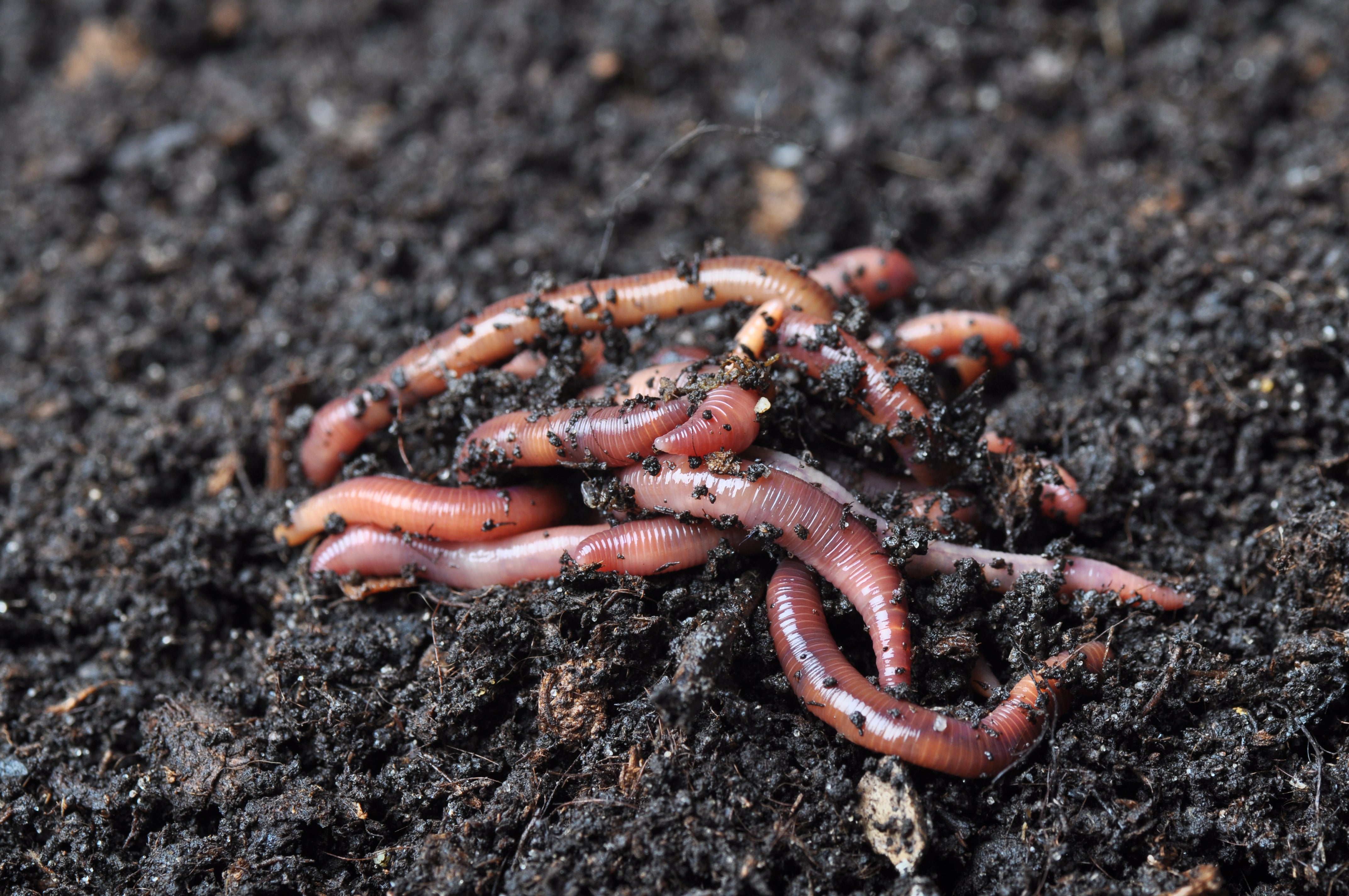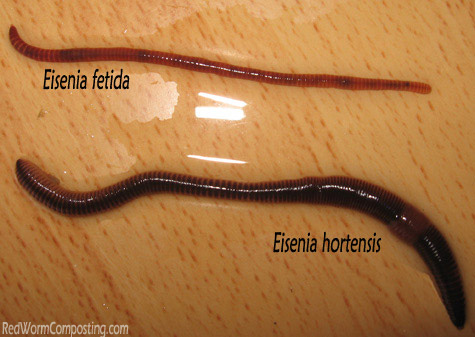About Where To Find Red Wigglers
Table of ContentsHow Where To Find Red Wigglers can Save You Time, Stress, and Money.Where To Find Red Wigglers - The FactsThe smart Trick of Where To Find Red Wigglers That Nobody is DiscussingEverything about Where To Find Red WigglersWhere To Find Red Wigglers - QuestionsMore About Where To Find Red Wigglers
For finest results, you desire to fire for about 60-70% dampness level. At the best dampness levels which is simply under 70% that handful should barely yield one decline of fluid.
The Indian Blue is voracious, yet also prefers a warmer environment and it also exhibits a propensity to leave the container. The red wiggler is a durable worm and isn't as particular about its environment. I like to call it the Ford Taurus of vermicomposting worms; you will not boast to your hardcore composting buddies that you own them, but they will certainly serve you well.
As Faucet showed, an angler can do an excellent bargain to make a worm more enticing.
8 Simple Techniques For Where To Find Red Wigglers
I believe you will too if you try them. The smaller sized the trout stream, the better worms work is an axiom that hasn't transformed in the 100-plus years considering that Perry wrote his write-up. Fishermens of his age merely stuck their weak fly poles with alder tangles and dropped a weighted worm into a deep hole.
Morning is prime feeding time, and the lightweight lure's slow descent leaves 5 inches of agonizing protein completely view for a long time. After you've made the actors, keep the bond open and placed the rod in a forked stick. The line will diminish the rod in sluggish loopholes as the worm resolves, yet generally the sluggish loopholes will certainly end up being a blur, and the morning will suddenly obtain instead intriguing.
I generally make use of a whole 'spider, like marabou dressing, and go down the rod for two or three seconds when I obtain a hit.
And distinguishing bottom from a bite can be hard. The method is to ease the pole back to the strike (perhaps a foot) and really feel for life at the end of the tightening line. If it's there, set the hook with a sweep instead of a jerk. Once in a while you'll discover yourself hooked to those slow, hearty tugs, and really feel the weight of a good walleye.
Where To Find Red Wigglers - Questions
When the hefty walleyes go on to the big-water shoals in the late summertime, try pursuing them with a bucktail jig and a 1-inch pinch of nightcrawler. The bait covers the hook factor, disperses weeds, and provides a taste of victim. With absolutely nothing dangling or waving, it continues to be secure regardless of current, casts, or enthusiastic panfish.
Whether you're wading or angling from a boat, wandering worms is one of the terrific searching techniques for bigger rivers. For trout, a spade-dug, 4-inch garden worm is the ideal dimension; for bass, walleyes, and steelhead, a nightcrawler may be a better choice. The secret is to wander the lure through feeding and holding areas since fish in current are not going to go after down the lure, as they might in still water.
Strikes will certainly come as a sharp yank instead of a pull or rap. Fish the shifts: mouths of tributaries, bank-side slicks, and the sides of big pools. As the late Ed Zern, Field & Stream's fantastic humorist, as soon as put it: Fishermens are birthed honest but they get over it. His dictum applies to any kind of variety of angling maneuvers, consisting of the matter of including an item of worm to a wet fly.

What Does Where To Find Red Wigglers Mean?
Fill it with shredded paper, leaves, peat moss, and dirt. Moisten gently. Cover and let rest for a week. Add a few hundred worms and feed them two times a week. Keep the bed linen wet however not damp. On the menu: lettuce, vegetables and fruit waste, and the periodic nongreasy extra.
Simply like veggie scraps, you can take your utilized coffee grounds and include them to a worm box. Worms like consuming coffee premises.
When the hefty walleyes proceed to the big-water shoals in the late summertime, try pursuing them with a bucktail jig and a 1-inch pinch of nightcrawler. The bait covers the hook factor, disperses weeds, and provides a taste of target. With absolutely nothing dangling or waving, it remains safe despite current, casts, or ambitious panfish.
How Where To Find Red Wigglers can Save You Time, Stress, and Money.
Whether you're wading find here or fishing from a boat, wandering worms is just one of the great browsing approaches for bigger rivers. Where To Find Red Wigglers. For trout, a spade-dug, 4-inch garden worm is the appropriate size; for bass, walleyes, and steelhead, a nightcrawler may be a better choice. The secret is to drift the lure through feeding and holding areas since fish in present are not going visit to go after down the lure, as they might in still water
Strikes will come as a sharp pull as opposed to a pull or rap. Fish the transitions: mouths of tributaries, bank-side slicks, and the sides of large pools. As the late Ed Zern, Field & Stream's wonderful humorist, when placed it: Anglers are born honest yet they overcome it. His motto applies to any number of angling maneuvers, including the issue of including an item of worm to a damp fly.
But raising your own lure means you can unclothe your home and hit the fish pond before Mama comes homejust like in the old days. Here's exactly how to keep a worm box: Cut a sheet of CDX-grade plywood, which is made with water-resistant adhesives, to your measurements. Accomplish together and drill a loads 12-inch holes in the bottom for water drainage.
The 30-Second Trick For Where To Find Red Wigglers
Fill it with shredded paper, leaves, peat moss, and dirt. Moisten gently. Cover and allow rest for a week. Include a couple of hundred worms and feed them 2 times a week. Maintain the bed linens moist but not damp. On the food selection: lettuce, image source vegetables and fruit waste, and the periodic nongreasy extra.
Similar to veggie scraps, you can take your utilized coffee premises and add them to a worm box. Worms enjoy consuming coffee premises. With the appropriate conditions and moist, healthy dirt, worms can live in a bucket of dust for around 3 weeks. Store out of straight sunlight and maintain a temperature level between 50 and 80 levels.